Training camps don’t start until mid-September.
At least 30 serviceable free agents are still available — enough for one per team.
However, by and large, the off-season work in terms of roster building is already complete.
That means, on paper, pundits can start predicting the future and the direction each of the NHL’s 31 franchises are trending for the 2017-18 season — be it up, down or staying the course.
This is the third of a three-part series, focusing on 11 teams that appear to be staying the course:
1) Pittsburgh Penguins
The two-time reigning Stanley Cup champions are returning the majority of their roster again. As long as they have the one-two punch of Sidney Crosby and Evgeni Malkin, the Penguins will be considered title contenders. A healthy Kris Letang makes this team even better, and Matt Murray proved his first Cup run was no fluke. He’s the man in Pittsburgh now that Marc-Andre Fleury is in Vegas, but there is no reason to doubt Murray or the Penguins going forward. The three-peat is a real possibility.
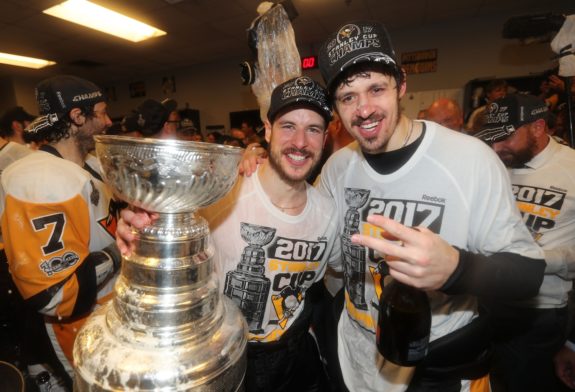
Penguins stars Sidney Crosby and Evgeni Malkin captured their third career Stanley Cup and second straight this year. Don’t rule out another parade next year in Pittsburgh.
2) Anaheim Ducks
This team made it back to the final four and managed to keep its roster intact too, though it came at the cost of NHL-ready prospect Shea Theodore, who was part of an expansion-draft deal. Still, the Ducks were able to retain Sami Vatanen and Jakob Silfverberg, two key cogs in their lineup, and also re-signed Patrick Eaves, who was a good fit as a trade-deadline ringer. Granted, Anaheim’s top forwards — Ryan Getzlaf, Ryan Kesler and Corey Perry — aren’t getting any younger, but they had strong playoff showings and may still have another run left in them. That post-season experience will be beneficial for the likes of John Gibson in goal, Brandon Montour on defence and Nick Ritchie at forward. If they keep realizing their potential and the veterans don’t lose a step, the Ducks should continue to contend for the Pacific Division title.
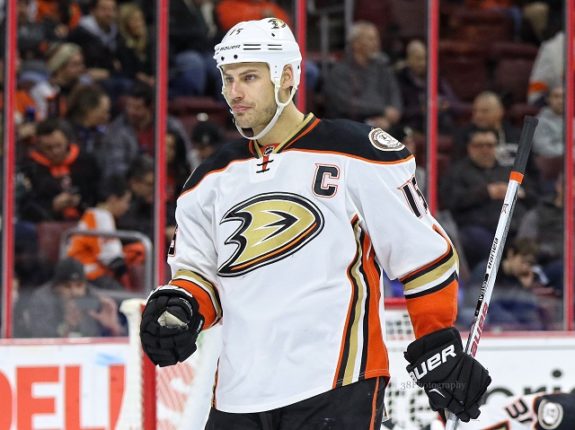
Anaheim captain Ryan Getzlaf went back into beast mode in the playoffs — especially against Edmonton in the second round — and the Ducks proved their window to win remains open for the time being.
3) San Jose Sharks
Another California team returning most of its core, minus Patrick Marleau. The Sharks should remain in the playoff mix, with the majority of its roster from a trip to the Stanley Cup Final two years ago. Yes, Joe Thornton is getting older and recovering from a serious knee injury, but the likes of Tomas Hertl, Joonas Donskoi, Chris Tierney, Mikkel Boedker, Timo Meier and Kevin Labanc should be pushing for top-nine roles, along with Thornton, Joe Pavelski, Logan Couture and Jannik Hansen. San Jose is still stacked at forward without Marleau, and the defence will once again be solid despite losing David Schlemko in the expansion draft. Martin Jones and Aaron Dell are a capable goaltending tandem so, barring a rash of injuries, the Sharks should make the playoffs again — but perhaps as a wild-card team.
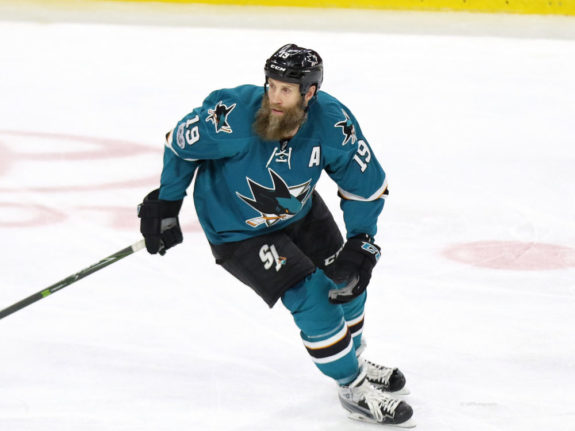
Joe Thornton signed an $8-million contract for this coming season and the Sharks will need him to earn it in order to stay a legitimate contender in the Western Conference.
4) New York Rangers
An overhauled defence could have the Rangers trending up, but centre depth is a concern after swapping Derek Stepan for David Desharnais, an obvious downgrade. Henrik Lundqvist is an aging goalie but he still managed to outduel Carey Price in the playoffs. The Rangers have a balanced attack up front, even without Oscar Lindberg, and their defence is much more mobile with the additions of Kevin Shattenkirk, Brendan Smith and Anthony DeAngelo. That position went from a weakness last season to a potential strength, which should keep the Rangers in the playoff mix. The hiring of Lindy Ruff as an assistant coach will help the Rangers’ post-season chances too.
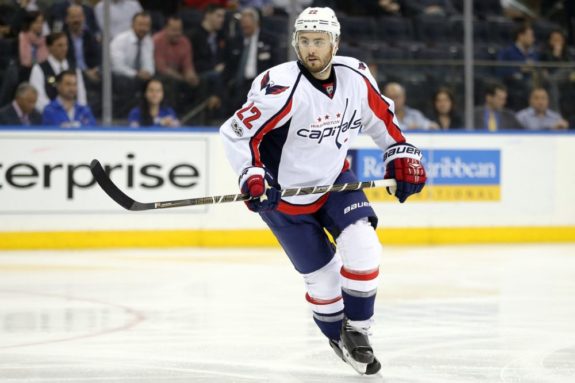
Kevin Shattenkirk wasn’t able to put the Washington Capitals over the top as a trade-deadline ringer, but he’ll definitely help the Rangers after signing as a free agent.
5) New York Islanders
Speaking of coaching staffs, the Islanders hired a handful of former players — Doug Weight, Scott Gomez, Luke Richardson, Kelly Buchberger and Fred Brathwaite — to right their ship. They also acquired Jordan Eberle in a swap for Ryan Strome, getting the more proven scorer, while trading away top-four defender Travis Hamonic for futures in a separate deal. Weight had the Islanders turning the corner to end last season, so it will be interesting to see if that forward momentum carries over to 2017-18. John Tavares is entering a contract year, so he’ll want to ensure a superstar contract by carrying the Islanders back to the playoffs. That will be easier said than done in the difficult Metropolitan Division, but the Islanders remain relatively deep at forward and defence. Goaltending will be the make-or-break position for this team, relying on Thomas Greiss and Jaroslav Halak. Consider the Islanders a bubble team, more likely to be on the outside looking in again.
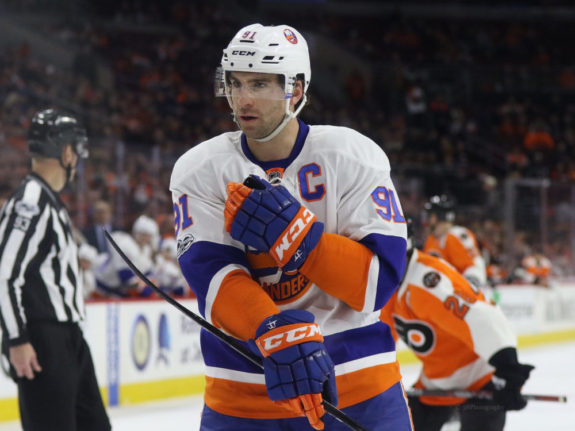
All eyes will be on John Tavares in Brooklyn this season, watching to see whether the Islanders’ captain will enjoy enough success to sign another long-term contract there.
6) Winnipeg Jets
The Jets dodged the expansion-draft bullet and added Dmitry Kulikov to round out one of the league’s deepest defence corps, while signing Steve Mason to platoon with Connor Hellebuyck in goal, an upgrade over Michael Hutchinson and Ondrej Pavelec. Providing Patrik Laine doesn’t suffer a sophomore slump, Winnipeg should make a serious playoff push. Finishing ahead of Dallas, Nashville or Chicago in the Central Division seems unlikely, but a wild-card berth could be within reach if the goaltending is more consistent than last season. The Jets are going to be a team on the rise, be it this coming season or the following campaign.
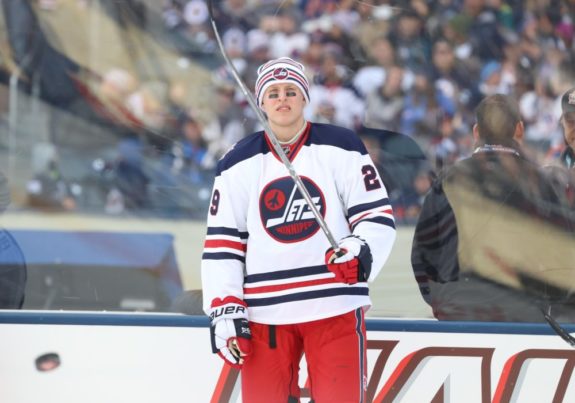
Patrik Laine and the Jets are going to be a force in time. This season might not be their time just yet.
7) St. Louis Blues
Unlike Winnipeg, which will be trending up sooner or later, St. Louis is a team capable of treading water for the time being — staying in the playoff mix — but the Blues are likely going down before they go up again. St. Louis impressed in the postseason by knocking off Minnesota in the first round — thanks largely to Jake Allen’s heroics — despite being a seller at the trade deadline and shipping out Kevin Shattenkirk. They also lost David Perron in the expansion draft but acquired Brayden Schenn as an upgrade on Jori Lehtera. Schenn is also younger and St. Louis should be opening the door for more youth this coming season, with increased roles for the likes of Ivan Barbashev, Dmitrij Jaskin and Magnus Paajarvi up front, as well as Joel Edmundson and perhaps Petteri Lindbohm, Jordan Schmaltz or Jake Walman on the back end. The Blues have generally drafted well, so their prospect pool might keep St. Louis from ever bottoming out as a lottery team. However, that might also mean staying mediocre for the foreseeable future and not being considered a contender any time soon.
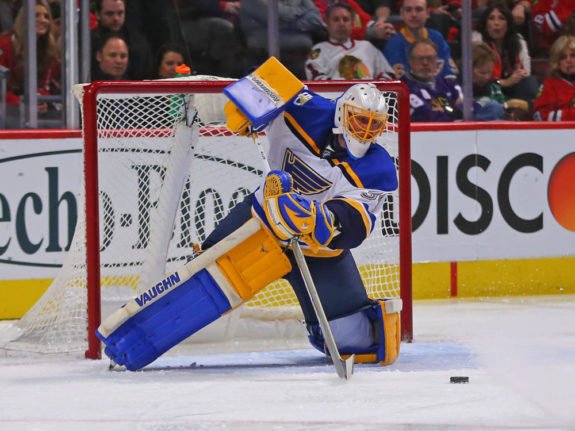
Jake Allen stole a playoff series for St. Louis and could get them back into the postseason if — and only if — he keeps standing on his head.
8) Boston Bruins
Likewise, the Bruins have been drafting and developing a steady stream of prospects who are now pushing for NHL jobs. Boston is another team in transition, with Zdeno Chara, Tuukka Rask, Patrice Bergeron, Brad Marchand and David Krejci the key holdovers from the 2011 championship roster. It’s a small core, but that group is keeping the Bruins competitive in the present, though most no longer see Boston as a contender for anything more than a wild-card berth. David Pastrnak, Brandon Carlo, Charlie McAvoy and several prospects, both forwards and defencemen, offer promise for the future, but Boston is to the Eastern Conference what St. Louis is to the West — essentially, a gate-keeper for the next few seasons.

Brad Marchand forced his way into the Hart Trophy conversation last season, but it’s unlikely the Bruins’ scoring pest will become a perennial candidate as league MVP.
9) Vancouver Canucks
Anything is possible in the hockey world and this team could surprise, but despite a mostly impressive offseason — at the entry draft and in free agency — the Canucks won’t likely be much better, if any better, than last season. Jim Benning is finally embracing the rebuild, to some extent, so expectations will continue to be low in Vancouver. A similar season to last could be in the cards for the Canucks, with the Sedin twins continuing to slow down with age — entering the final year of their current contracts — and Jacob Markstrom not yet a proven No. 1 goaltender. Vancouver also hired a rookie head coach in Travis Green, brought up from the farm team to help grow the younger talents. There is enough pure skill and depth on this roster to perhaps make a playoff push, but the Canucks will be in tough with the majority of their Pacific Division peers also improving.
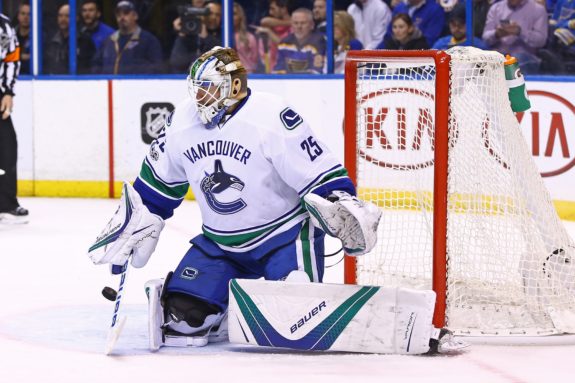
For the first time in his NHL career, Jacob Markstrom will arrive at training camp expected to be a team’s starting goaltender. At 27, his time is now to shine, but it’ll be almost impossible to backstop the Canucks to a playoff berth.
10) Colorado Avalanche
This team can’t be any worse than last season, but don’t expect the Avs to be a whole lot better — especially if, err, when Matt Duchene is traded. It also sounds like Nikita Zadorov might bolt back to Russia, which would be another blow to a weak blue line. There isn’t much reason for optimism, but sophomore coach Jared Bednar should benefit from a full offseason of preparation. Nathan MacKinnon has yet to live up to his potential, so this could be his big breakout year. Colorado’s offence should be better, even without Duchene, but the defence and goaltending are still among the league’s worst. Anything better than a bottom-three finish in the overall standings would be considered overachieving for the Avs.
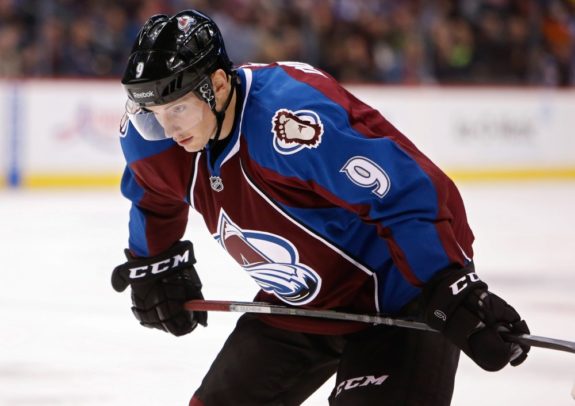
As of today, Matt Duchene is still a member of the Colorado Avalanche. That could change before the season starts, with rumours swirling and plenty of potential trade suitors.
11) Vegas Golden Knights
Last but not necessarily least, this expansion franchise is going to be fun to follow. Gerard Gallant has the challenge of coaching a full roster of players who, for the most part, have never played together. That will likely mean growing pains early in their inaugural season, but once chemistry develops and things click, the Golden Knights could be competitive and exceed outside expectations.
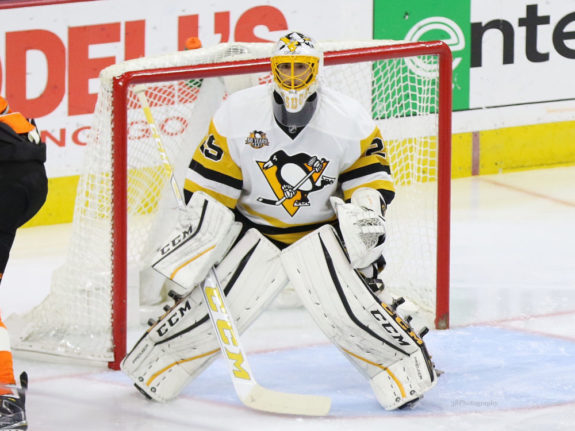
Marc-Andre Fleury is capable of stealing his share of wins for the Golden Knights and he’ll embrace being a go-to guy again in a lower-pressure environment.
Vegas has the potential to be better than most of the recent NHL expansion clubs and will be backstopped by better goaltending than Vancouver and Colorado, among other teams, with the tandem of Marc-Andre Fleury and Calvin Pickard. However, make no mistake, the Golden Knights are building more for the future than the present.
Last season we had 0 points. This season we will have many more.
What do we have to do to get on the @Sportsnet "most improved" list? https://t.co/VafgOXpkKN
— Vegas Golden Knights (@GoldenKnights) July 11, 2017
That reality will almost certainly make Vegas a seller at the trade deadline, dangling its pending free agents like James Neal, David Perron, Jason Garrison and Luca Sbisa for more draft picks and prospects. If that proves true, the Golden Knights will probably tank to some degree down the stretch and end up in the draft-lottery mix — somewhere in the bottom five of the overall standings, albeit by design. The Golden Knights killed it at this year’s entry draft, but those prospects — including three of the top 15 and four of the top 35 selections — aren’t expected to stick on the NHL roster this season, and the odds suggest Vegas will be picking even higher in next year’s superior draft.